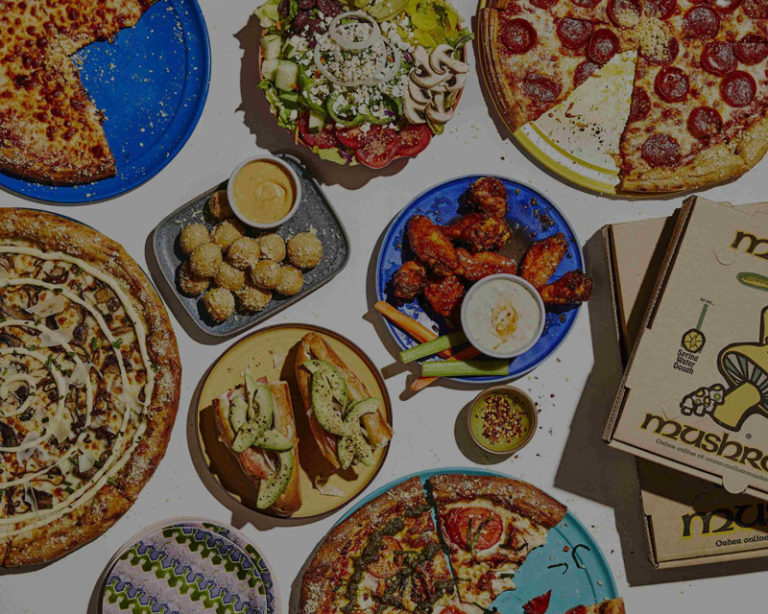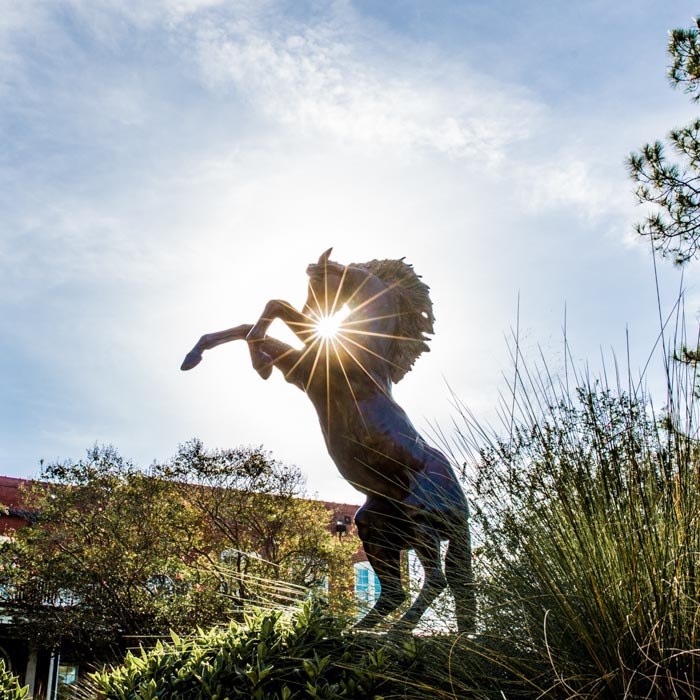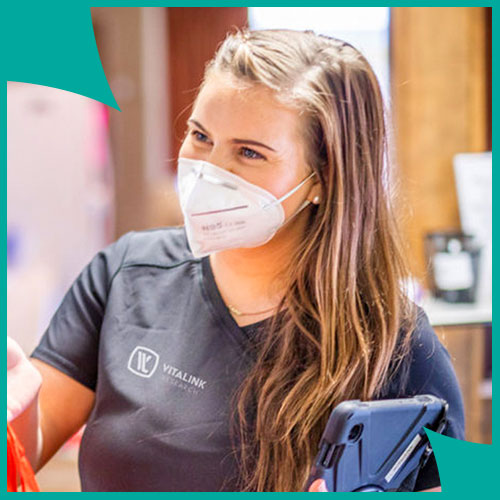Why Branding Takes So Long And Why It’s Worth The Wait
When my agency tells a client their branding or rebranding process will take months, they often ask me, “Why does it take so long?” When we were new and hungry for clients, it was sometimes hard to insist that, no, we could not whip up a quick logo, a color palette and some typography guidelines. And no, we could not complete it in two weeks.
But I did say no. I knew that rush jobs wouldn’t serve the success of my clients or my agency. Instead, I’ve worked hard at answering the question. Most prospective clients then understand the value and support the process. Some don’t. One client parted ways with us because he said we were “too strategic,” but his complaint was one of the best compliments we’ve ever received.
A brand is a valuable asset, a capital investment in intellectual property. A 2017 study by intellectual capital firm Ocean Tomo found that 84% of the value of S&P 500 companies was in intangible assets. They estimated that one-quarter of that value was attributable to the companies’ brands.
PROMOTEDhttps://3abfeb3575643c5548b4efe0c4795d3d.safeframe.googlesyndication.com/safeframe/1-0-38/html/container.htmlhttps://3abfeb3575643c5548b4efe0c4795d3d.safeframe.googlesyndication.com/safeframe/1-0-38/html/container.html
As technology continues to multiply opportunities for people to experience your brand, it’s more important than ever to tell your story consistently and responsively across hundreds of touch points. This requires a lot of careful planning, but if your brand may represent 20% to 25% of your company’s value, isn’t it worth the time to do it right?
Not Just A Pretty Logo
A brand is much more than a name, a logo and a color palette. It’s an expression of your mission, values and vision. A plan to achieve your goals and ambitions. An experience that connects you with your customers, clients, employees, investors and other stakeholders. A system and the tools to build that connection over time.
A brand is not just a pretty logo. It’s a plan to support your core business goals and grow the value of your company.
Things That Take A Long Time
1. Facilitating Internal Alignment
Before any of the work of creating your brand can begin, your agency needs to understand your organization, marketplace and goals. This is not just for the agency’s benefit.
A successful brand is built on a foundation of full internal alignment around your identity, goals and vision. It’s normal, even healthy, to have internal disagreements at the beginning, but it’s important to resolve these differences before any branding decisions are made.
During discovery, your agency will facilitate discussions and help you find consensus. Their outside eyes can offer perspectives that bring all stakeholders together. This takes time, but your agency needs that clear direction to inform its creative decisions. And your organization needs unified internal support to bring your new brand to life.
2. Creative Brief
The creative brief distills all the insights and decisions of the research and discovery phase — the consensus understanding of your identity, market position and goals.
It’s a critical document, and it’s important to take the time to get it right. The brief will guide everyone on the agency’s creative team: designers, writers, photographers, strategists, etc. It’s a unifying document for your internal team as well, informing your decisions as the branding process proceeds.
3. Creative Exploration
Even after the creative brief is finalized, your agency shouldn’t rush to draw and draft. To ensure the brand is unique and authentic to your organization, they will first look for inspiration in everything that informs your identity.
My agency once scanned 100-year-old documents from the archives of a university we were rebranding, drawing on their long history for visual direction. For a music nonprofit, we did a deep dive into the hype sticker culture for vinyl records, a key element of their mission.
Whatever the cultural, historical, artistic, scientific and other contexts of your undertaking, your agency should take the time to explore them well. They’ll then synthesize their initial ideas into a concrete creative direction — colors, imagery, foundational language, etc. — that’s well aligned with the creative brief.
4. Creating Brand Deliverables
Notice how much work has been done prior to beginning this step. Here’s where an agency designs a logo and its variations, chooses typography, writes a tagline and key language, and produces all the rest that customers will see.
Crafting quality brand assets does take some time, but when an agency completes the earlier work thoroughly and well, this phase should go smoothly. There is always an iterative process of feedback, revisions and tweaks, but even the first draft should feel 85% there.
5. Creating Tools
You have your logo, your tagline and all the other brand assets. So you’re done, right? Not if your agency is preparing your brand to succeed. Now it’s time to develop the tools you need to build your new brand.
Some are familiar static documents: brand guidelines and a voice and tone guide. These are important, but they’re not enough. Today, a branding agency should also develop digital tools that empower your team to create brand-consistent marketing collateral across all the touch points your brand can reach in the digital age.
These can be simple blog or email templates, or more sophisticated digital tools that make it easy to generate branded webpages or social media posts. Developing this technology takes more time, but it equips you to build your brand efficiently and effectively, scaling rapidly in a technology-driven world that’s moving faster every day. (And you won’t be forever dependent on your agency to produce every piece of branded content.)
The Payoff Of Patient Persistence
In Interbrand’s annual Best Global Brands report, which informed the Ocean Tomo study of S&P 500 companies, the authors found “enduring proof that investment in long-term brand-building enables businesses to thrive over time and survive market volatility.”
Building an effective brand takes some patience and persistence. You’re aligning your organization around a shared identity, goals and vision. You’re creating a strategy that will position your organization to achieve your goals. You’re investing in your organization’s value and ambitions. It’ll take a while, but it’s worth the wait.
What is Strategy? (At 3 Owl)
With the growing prevalence of slapping “strategic” in front of positions and companies, it can be difficult to differentiate between those simply using the word for its buzzworthyness and actual implementation of deeper strategy into work. The concept of “brand strategy” can feel like an ambiguous idea. Really, the concept of being “strategic” can be confusing thanks to the over-saturation of the word. Strategic partnerships. Strategic solutions. Strategic platitudes abound.
Because of said ambiguity and overuse, we thought it would be valuable to define brand strategy at 3 Owl and how we consider the concept when working with brands to help them grow and evolve.
Putting just a few words to it is a challenge, but our basic definition of strategic branding could be “Discovering the truths at the core of a brand, creating a narrative around those truths, and telling their story in the most interesting way possible using design, tech, and creativity to stand out from the competition while achieving success for the client.”
Most branding agencies will read that and say “Yeah. Us too.” Which is fine. All restaurants have the same goal of serving good food.
To better define what strategic branding looks like for us, let’s use a tool we commonly implement in our brand workshops in some form or fashion. When working with new clients, it’s valuable to define some simple parameters by establishing what this brand is and what they are not. It’s useful to understand what someone doesn’t want to be as much as what they do.
As we continue to evolve in our definition of strategy at 3 Owl, here are some things we know it is, and a few it’s definitely not.

Strategic branding is…
Based in truth and backed with research.
Strategy helps answer the ‘who’, ‘what’, and ‘why’ of a project while further defining a problem. Who are we talking to? What are we promoting? Why does this business exist? But behind those big questions is an even bigger ‘Why’ which explains how you got there. You’ve pinpointed a key insight to drive the creative direction – why is it right? Why should someone believe you?
A successful creative strategy is backed with research and proof behind every decision within it. Not only does this help prove to the client and team the project is headed in the right direction, the work will be better informed and distributed, which works to everyone’s benefit.
More than a brief.
In creative fields there’s sometimes this idea that a strategist tucks away with research in a laboratory until they find the right combination of insights to come out and say “I’ve discovered the target market!” Yes, research and the brief are vital parts of building a strategic brand, but the implementation of strategic thinking throughout the entirety of the project makes it a success.
A good brand strategy should act like a script supervisor on a movie set. The same way they are tasked with ensuring continuity, interpreting a script, and maintaining awareness of everything happening on set, a strategy (and whomever may be charged with implementing said strategy) have similar responsibilities. It’s the map for a project. The north star. Another cliche about guidance and direction. It should be referenced often to ensure the story makes sense and continually points back to solving the greater business and creative challenge.
Mutually beneficial for both client and creative team.
Providing value for the client is a given, but when creatives are given the opportunity to solve business problems in a way that excites and inspires their work, the whole project runs a better chance for success. Passionate business owners and entrepreneurs with a vested interest and belief in what they do tend to produce more successful businesses.
The same goes for executing creative work. When a creative team is presented with a project backed by valuable information to shape their creative ideas as opposed to a problem with no direction, the odds of key insights shaping into effective and beautiful executions increase. And your team will be happier. Thoughtful insights lead to thoughtful work.
Consistent and confident while allowing flexibility.
A brief without sound strategy behind it can quickly kill a project. One overly prescriptive and bloated with unnecessary information takes up too much room to let ideas grow. Too vague leads to assumptions and misguided executions. Smart brand strategy provides insights in an interesting way that matters. A 50-page research document may be helpful in some instances, but a thoughtful strategy should boil and reduce that doc down to a delicious sauce that works on multiple dishes, know what I mean? It’s the base to be built on – if it’s overwhelming or underdeveloped, it sets up the rest of the project for confusion.
Defines success for every individual project.
Some consistent criteria for success can be held onto – the final product should always be beautiful, websites should work flawlessly, brand voice should be strongly defined, etc. However, success looks different from client to client and guidelines should be established at the beginning of a project to define what a successful end result looks like.
Our agency was recently approached to help design and develop an app. The project was certainly something we are capable of and interested in and, added bonus, the client was ready to open their checkbook without asking a lot of questions. But, we really like asking questions.
We learned early on the idea hadn’t been tested for viability or vetted for effectiveness in the market. We liked the client, we liked the idea, but we (1) didn’t want to waste someone’s money or (2) waste our team’s time on an idea that may not be successful. So, instead of taking a big paycheck to dive into a project without direction and a ton of cash, we took far less money to consult on a viability study and solidify the idea for testing. We shifted the definition of success to proving the idea is possible instead of trying to force it through the process where success was simply defined as “make it work”. Give yourself practical, defined goals for success at the beginning of a project and create a plan to follow through and achieve that goal.

Not self-serving.
Do you need to spend six figures on VR technology for a brand or do you just really want to? Does that tagline convey what the brand does or does it just sound cool? Creativity for the sake of being creative or ideas for the sake of ideas does no favors to clients or final results for an agency. Pretty things that don’t work are just pretty. See point #1 for further details.
Not just a logo.
Don’t get me wrong, your logo is important. But a logo and color palette does not make a brand. These are important elements that should be considered as part of the larger story backed by strategic research. We often try and avoid a la carte design or naming projects at 3 Owl because there are so many other factors involved in those processes that need to be thought through and understood before the final product can be successful. A logo should match the story the brand is telling. As should the language, website, collateral, events, and every other touchpoint involved. A brand should work holistically to form a greater narrative and a logo is an important character in that narrative, not the only one.

This is simply the start for us in our approach to strategy. Every project looks different and takes on new challenges which require flexibility and a willingness to adapt. But the undeniable necessities of well-informed research, thoughtful insights, and a shared definition for success remain no matter the client or ask. We never put pen to paper before knowing why we’re doing it.
Great American Cookies Direct to Consumer E-Commerce Launch
The Cookie Challenge
Great American Cookies saw an emerging opportunity to deliver their decadent delights directly to consumers in search of sweet treats. Some smaller cookie companies had already entered this space, but industry analysts were predicting substantial growth in cookie delivery sales. And the nation’s largest retail cookie chain was well positioned to dominate the market.
Headquartered in Atlanta, Great American Cookies had the brand recognition that came with its nearly 300 U.S. franchised stores. They had a wide variety of popular recipes for cookies and other sweet bakery items. They had the production facilities and were building out a section for on-premise baking. (The facility had previously produced only raw cookie dough, which was then shipped to retail stores for baking.)
However, their existing sales, shipping, and inventory systems were all geared toward large-scale delivery of ingredients to franchise owners. They had no system in place to accept and fulfill direct consumer orders. And they didn’t have an inventory management system suited to the dynamic production of cookies ordered, baked, and shipped out on the same day.
So they came to 3 Owl to develop an integrated e-commerce and inventory management platform, and to integrate it with their production facility’s processes. They also needed a go-to-market strategy to drive traffic to the new e-commerce site in time for the holidays.
If they could launch in time to meet this demand, their direct-to-consumer delivery service could begin with a big boost in sales.
The holiday season was fast approaching, and they anticipated that gift-giving and celebrations would increase demand for cookie delivery. If they could launch in time to meet this demand, their direct-to-consumer delivery service could begin with a big boost in sales. We all agreed that the holidays were the best time to launch, and that we must move forward quickly to seize this opportunity.
Our first meeting with Great American Cookies was in September, and they challenged us to complete the project in 10 weeks. It was an aggressive timeline. Not quite as hard as delivering presents to all the children of the world in one night, but we knew we’d have to do everything right. If we failed, it might become the Christmas without cookies.
We couldn’t let that happen, so we took a deep breath and started drafting a plan. A plan to deliver cookies in time for the holidays. A plan to save Christmas.
The Sweet Solution
We knew going in that there would be no time for wrong choices or mistakes. We had to move quickly, but we had to be smart about it. So we planned out a detailed timeline, with well coordinated work proceeding in parallel. In close consultation with GFG Management (Great American Cookies’ parent company), we mapped how our agency work would integrate with their delivery service rollout plans, and how our two teams would collaborate. It was a plan that, we all agreed, could get us to launch in 10 weeks… but we had to do it right every step of the way.
The internal team at GFG Management was right there beside us from day one. Marketing, production, and financial teams all rallied to support us with the critical information, expedited decisions, and resources we needed to succeed.
Here’s how the project unfolded:

Planning & Research
We spent the first week in research and discovery, and in an accelerated process of bringing all parties into alignment on goals, operational needs, and creative vision. This culminated in a finalized creative brief.
Over a 72-hour period during this first week, we evaluated several inventory management systems. We selected Linnworks, which met all our criteria and had excellent reviews and references. In that window, we created a basic WooCommerce site and integrated Linnworks, then ran a few test orders. Everything worked flawlessly, so we finalized the choice.
We also created a detailed data flow document, mapping out our integration of WooCommerce, Linnworks, the production facilities, FedEx, and the main Great American Cookies website.
A flawless flow of data demanded a well-designed information architecture. We identified all fields that we needed to capture on both the e-commerce and inventory management sides. And we mapped out all the relations between them.
With the information architecture finalized, we wireframed all e-commerce pages and mailers.
We also produced a shot list and planned a photo shoot. These included product photos for the e-commerce site and marketing photos for social and display campaigns planned for the launch.

Design
Our designers got to work designing the desktop versions of all e-commerce pages, guided by the creative brief finalized in week one. Meanwhile, our developers built out the backend of a new WooCommerce site to match the approved wireframes.
Meanwhile, our art director oversaw the photoshoot for all the marketing and product photos.
With desktop design complete, our designers created all mobile distinctions for all e-commerce pages and designed all planned order and delivery mailers.
We edited all photos for both e-commerce and marketing and we ran some preliminary test orders through the WooCommerce backend.

Development & Testing
With the backend working well and all pages designed for desktop and mobile, we developed the new website frontend.
Our developers connected Linnworks to the FedEx API and built out all shipping logic. We also developed all planned order and delivery mailers, based on the designs created in week five.
We did a walkthrough of Great American Cookies’ production facility to better understand their logistical needs.
Yes, it smelled amazing. If Santa Claus has a bakery, it probably smells like that.
We also ran test orders on a now fully functional site, with Linnworks integration complete to handle fulfillment, and FedEx ready to handle delivery.
Cookie Break
About those test orders…
To run a fully valid test, we had to order some cookies. And verify that they were delivered. And that they were delicious.
So we ordered some delivered to the 3 Owl offices. Confirmed: they were delicious.
And because we wanted to test out-of-state sales tax calculation and delivery across state lines, our managing director, David Feldman, sent some cookies to his parents in South Carolina. His parents were reportedly delighted to accept the cookies as payment for their quality assurance testing services.
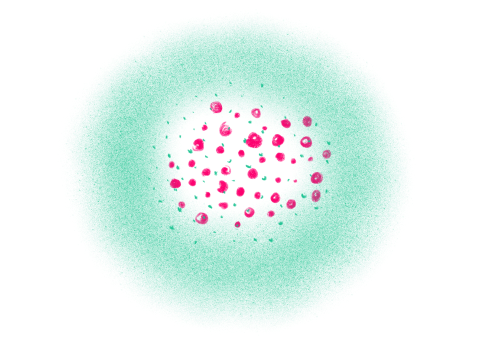
Launch
We soft launched the site, ran extensive testing — yes, more cookies delivered! — and optimized the site for customer experience and SEO.
Four weeks prior to Thanksgiving and with two months to go before Christmas, the new Great American Cookies site went live.
We also launched the marketing campaign, including social, paid search, and banners on their main site. We let the world know that, just in time for the holidays, they could order Great American Cookies delivered to their doors.
A Great American Cookie Christmas
The integrated e-commerce and inventory management ecosystem is working flawlessly.
In the first three weeks since launch, orders have come in from 25 states across the country, and e-commerce sales have increased an average 50% each week.
Great American Cookies has kept busy baking all the ordered cookies, but their hard work is supported by digital system integration that handles orders, email confirmations, inventory, and delivery. The production facility also receives instant and actionable intelligence to inform their daily baking choices.
“The 3 Owl team was extremely knowledgeable to help us bring this project to fruition. They were able to help us coordinate multiple vendors and lots of moving parts in a short amount of time to help us launch a new e-commerce platform on schedule. I’m proud of the work our internal team and 3 Owl dedicated to this project and excited to see the impact it will have on the future of our brand.”
Lisa Cheatham
Vice President, Growth Marketing at Great American Cookies
Two months after we started from scratch, Great American Cookies is poised to be a major player in the growing cookie delivery marketplace. And their cookies are, right now, flying through the skies, making their way to customers’ family and friends, to their holiday party tables, or to their own homes to enjoy with hot cocoa… or to leave under the Christmas tree with a glass of milk.
And that’s how 3 Owl saved Christmas.
